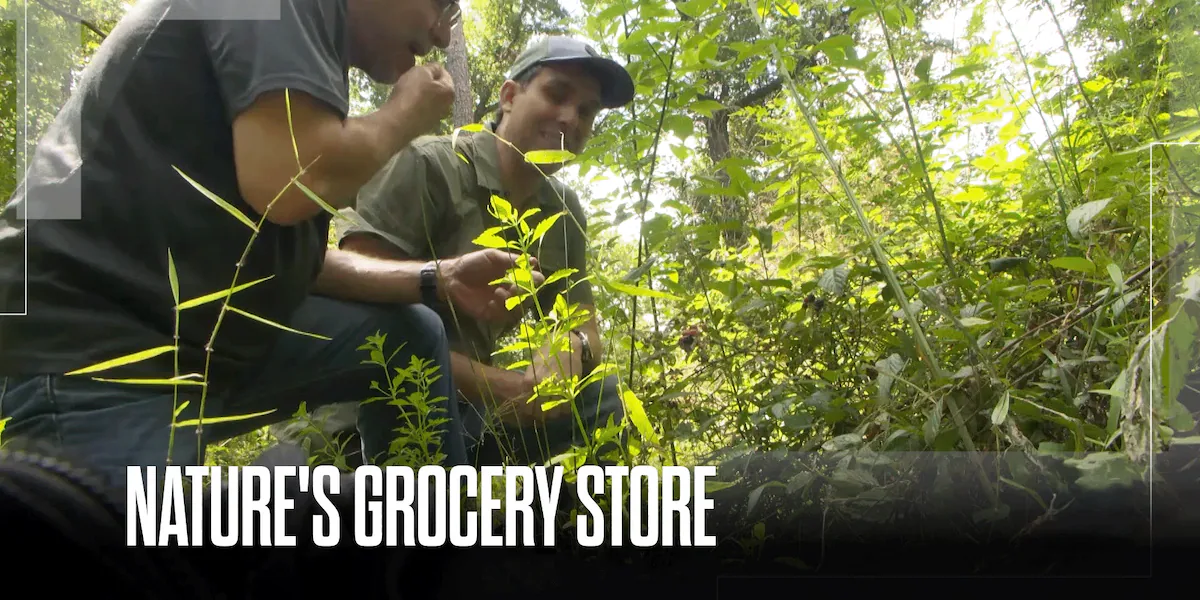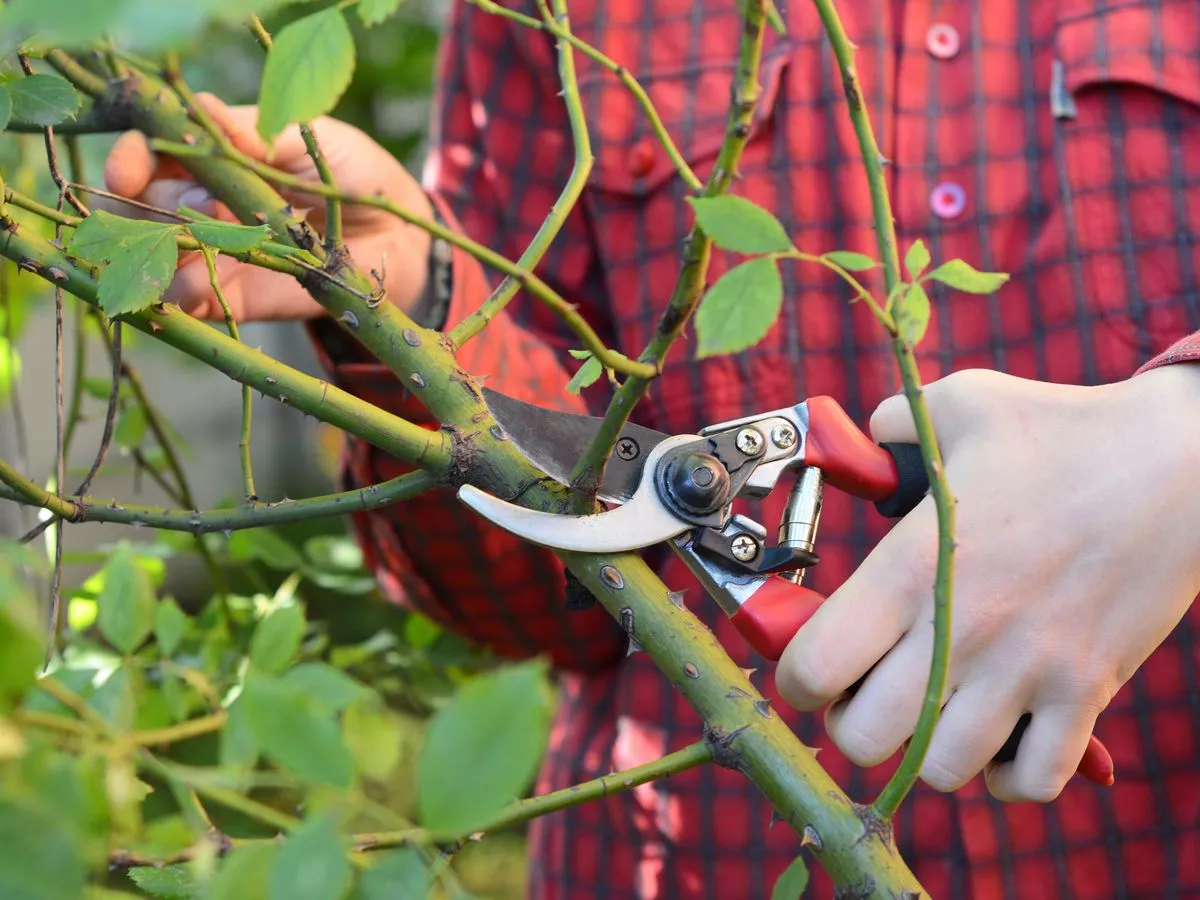Copyright WIS10

(InvestigateTV) — The crack of a twig and the rustle of leaves beneath his feet is music to John Nettles’ ears. “When I’m outside, I’m happy,” said the Prairieville, LA, native. “I want to interact with everything I see. I want to explore paths, and I want to eat, as well.” John has a passion for all things edible. “We’re about to enter chantarelle season, which is my second favorite Louisiana season other than crawfish season.” John will forage for just about anything he can find while he’s out on a hike. “This right here is a plant that’s common,” he said. “This is North America’s only native source of caffeine. This is a yaupon holly. You could roast it as dark as you want and steep it to make tea.” Further down the path, a large-leafed vine holds muscadines. “Lots of wine, lots of sugar, lots of energy in those,” John said. “There’s a lot of antioxidants in them that prevent them from decaying quickly. So, you can often scoop them up from the forest floor or fill up a basket in late June.” It’s important to know the rules of foraging before you head out. John says to know if your area allows foraging, and he says never to forage on private property without permission. He says foraging can be safe, as long as you follow these rules: Always make sure you know what you’re getting by getting multiple sources of identification from downloadable apps like iNaturalist Make sure you don’t eat anything that could have taken in some poison from the environment, like food that’s near ditches or that may have been treated with pesticides. Don’t eat food that looks like it’s decaying. Always be aware of your own allergies. Visit John’s website at slowhikecompany.com for more info on foraging and foraging classes. Watch more of John’s story by clicking here. Submit story tips to our Investigators Share errors or concerns with our Digital Editors Watch full episodes of InvestigateTV+ Subscribe to the InvestigateTV YouTube Channel



